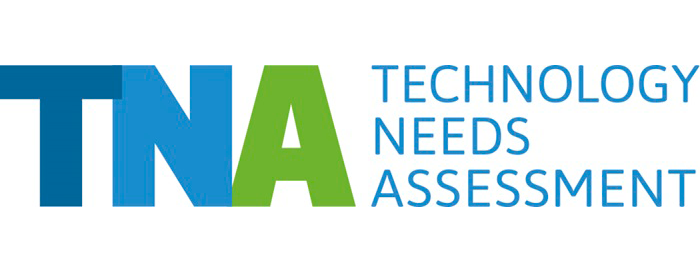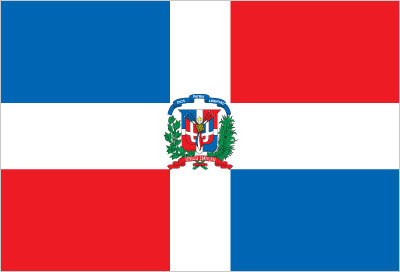The Technology Action Plan details the steps needed to disseminate the rehabilitation technology for wastewater treatment plants using artificial wetlands. By 2022, the goal is that 178,000 people will have benefitted from the establishment of these wastewater treatment plants in five marginal neighbourhoods in Santo Domingo province.
The Dominican Republic make up two-thirds of the island of Hispaniola. It borders Haiti, which occupies the remaining third of the island. Situated between the Caribbean Sea and the North Atlantic Ocean, the Dominican Republic mostly consists of rugged highlands and fertile valleys. The consequences of climate change the country faces are increasing water shortages, soil erosion and drought. These consequences are in many areas exacerbated by existing deforestation practices. The barren lands are left vulnerable to these effects due to runoffs and soil erosion, as they cannot withstand the intense rains and dry periods as well as forested areas can.
To combat these effects, technical assistance from UNEP DTU Partnership experts highlighted the need for soil conservation technologies and a forestry monitoring system. From a mitigation standpoint, the TNA led to the prioritization of two mitigation technologies in the electricity sector. The Technology Action Plan outlines a short-term technology as a change of lighting systems in public facilities, with six public institutions acting as a pilot project. This is projected to save 3.1 million Kwh annually, accounting for 35% of the total energy efficiency potential in the Dominican Republic. A longerterm technology is the use of biomass to create electricity and heat.
Another pilot project detailed in the Technology Action Plans is the installation of rainwater collection systems in 131 homes in the rural La Sierrecita community, stabilizing otherwise unreliable water sources. The National Institute of Water Resources (INDRHI) was included in the TNA planning phases and they are the key actor in realizing the project.
The Dominican Republic completed its TNA in 2012. The results were directly used in the NDC, where the TNA measures of identification measures and chosen technologies for implementation were applied. The list below summarizes the prioritized sectors, along with a selection of the prioritized technologies.
Dominican Republic’s TNA contributes to the following Sustainable Development Goals:






